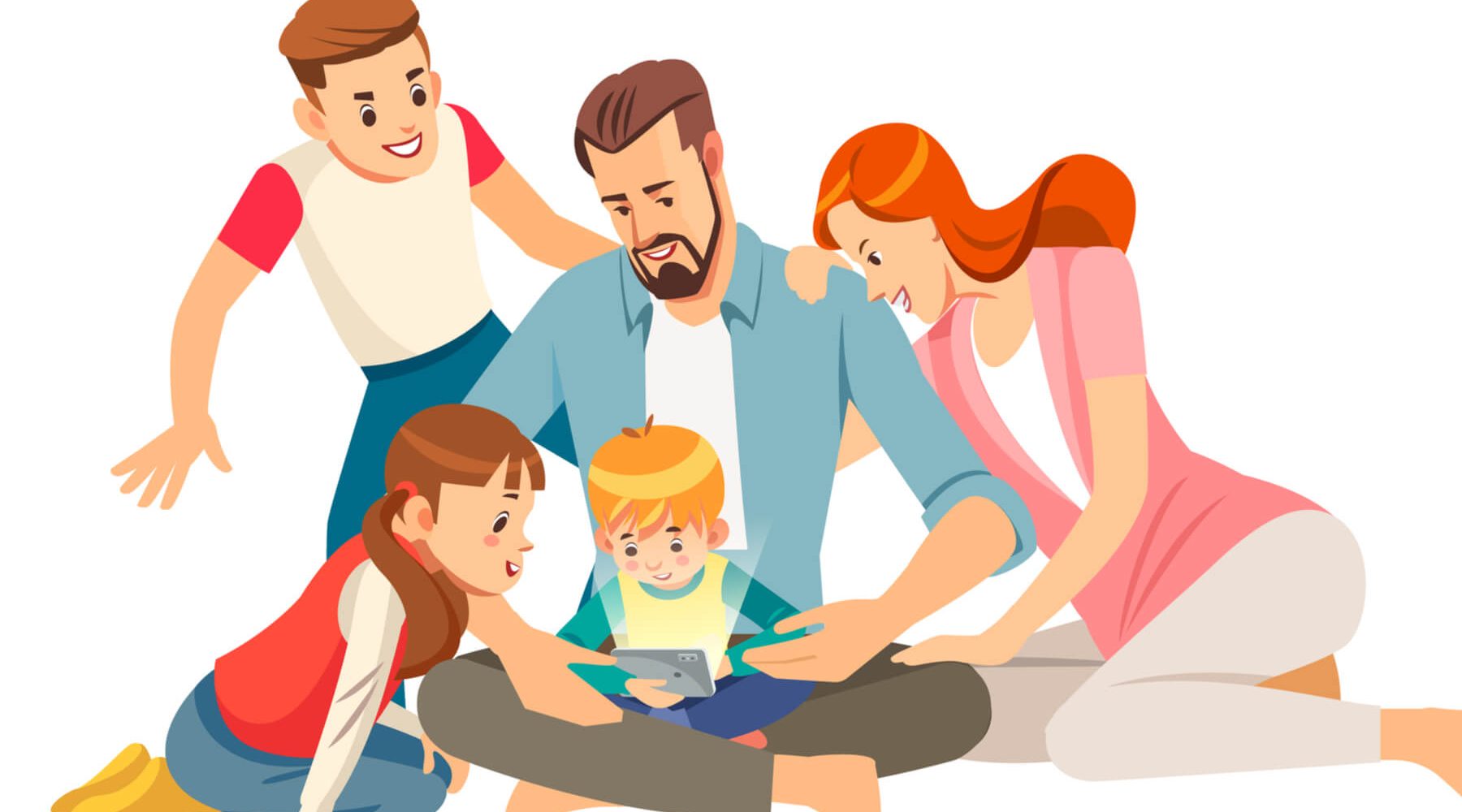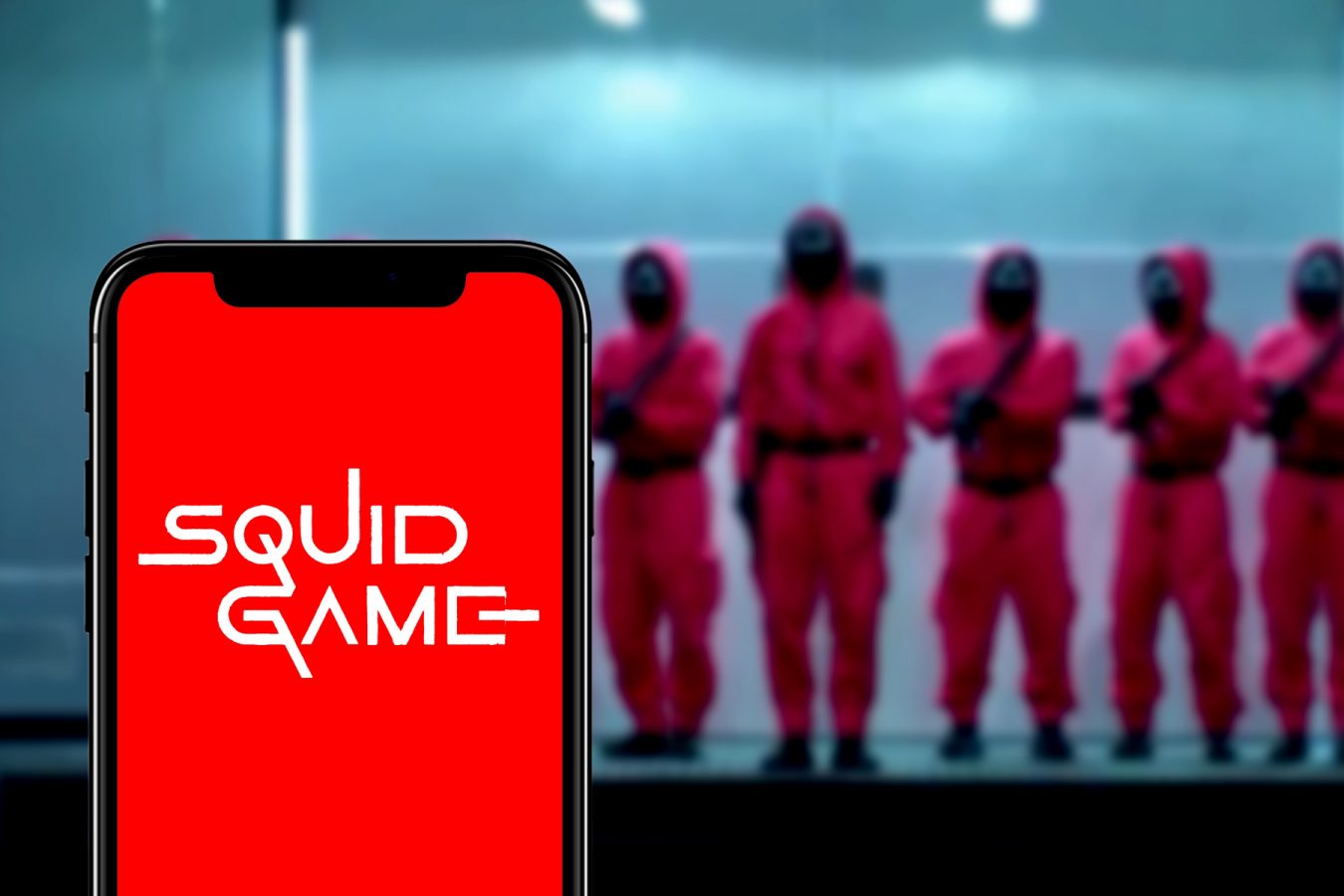
It's the curated video website for kids that makes them say 'wow'. Michael Broadstock talks with Rion Nakaya, creator of The Kid Should See This.
I’ve agreed to let my tween son watch some of his favourite channels on YouTube after he grew frustrated with the limited access provided by the kids’ version of the platform. I’m not quite ready to let him completely dive down the rabbit hole of algorithm-driven recommended videos, though, so he’s agreed to ask me about things he wants to watch that he is unsure about.
It’s not always an easy question to answer. I barely know what’s on TV anymore, much less the various streaming platforms, and I am baffled by the popularity of my kids’ favourite YouTubers: Mumbo Jumbo, Seri! Pixel Biologist, Moriah Elizabeth or Let’s Game It Out.
The way we consume media has changed. Smart devices and consoles have replaced TV in the hearts of many children. I ask mine to watch their iPads out in the loungeroom – so that I can at least keep an ear on what they’re enjoying – but it’s a far cry from when I would sit down with my parents to enjoy whatever we had circled in the Green Guide.
Other than family movie night, my kids and I don’t watch a lot of shows together. And while they certainly enjoy what they’re streaming, I don’t know how much of it is any good. Are there YouTube equivalents for David Attenborough’s Life on Earth, or Carl Sagan’s Cosmos, exciting their imaginations about the world beyond their screens, or is it all visual confectionary?
Rion Nakaya, the creator of the award winning The Kid Should See This (TKSST) website, probably knows as much as anyone about the breadth and quality of online content out there for kids. For more than 10 years, she has scoured the internet for great videos that make kids say ‘wow!’ and shared them on her site.
I asked her about the importance of curating content for our kids:
How it all began
Michael Broadstock:
Why did you start The Kid Should See This?
Rion Nakaya:
Well, it was about 10 years ago in 2011, and we’d recently moved back to the states from Europe, and so I was taking a break between jobs. I’m a designer and a producer for online projects, and I was enjoying time at home with my three-year-old and my newborn.
And I found myself Googling a lot of my three-year-old’s questions and looking up old videos that I’d enjoyed when I was a kid. Baryshnikov dancing and Jacques Cousteau and Jane Goodall clips and experimental animation, like those that Charles and Ray Eames made or Al Jarnow and all those old Sesame Street clips, and performers like Ella Fitzgerald. And Ella was actually the very first video that I posted on TKSST. And the reason was because when I showed this amazing, incredible long recording of her scat singing on stage, I think it was 1969 at the Montreux Jazz Festival.
It’s just really wonderful. There’s a lot of energy on stage, she’s in the moment and she’s giving it her all, and it’s really fabulous. And I showed it to my three-year-old. I think it was later in the week, I overheard him sort of scat singing in his bedroom, and it just completely knocked me out. It was wonderful.
And I really wanted to promote those kinds of clips that would provide those moments for other kids, for other parents, for educators. And so, I started collecting and sharing these videos online, and I threw in BBC clips and NPR films about art projects and stuff that went viral and all the kinds of things that I was happening upon in 2011 or so. And it took off over time.
Michael:
What is it that the kid should see?
Rion:
That’s a good question. I think that in a lot of ways, the things that TKSST features are favourite topics, it’s stuff that surprises us, stuff that we’re curious about: science, space, animals, art, a lot of times a mix of all of those things coming together. We’ve specialised in promoting a lot of STEAM focused videos, science and math and engineering and art and how those inter-relationships really do mix and how the people who do them have a passion for what they do. A lot of those categories really developed organically.
I think that there’s just something really beautiful about being able to eavesdrop on people’s passions. A lot of times in these videos, people are sharing their profession, their passions, their projects, and for kids to see, and for the adults watching with them or adults on their own to see how people are creating, problem solving, and finding meaningful pursuits. I think that it’s just really fun and inspiring and engaging in a great way.

Watching videos together
Michael:
How important is it curating content for our kids?
Rion:
I think that depends on their ages. For me, curating for my own kids helped me demonstrate my curiosity and my interests and my values, and to show them that learning continues beyond our school years. When we watch together, I’m learning with them, and we build a shared vocabulary. We have references that we can talk about, not only just right after the video, but topics often come up a couple weeks later.
I also think that educators and parents are looking for places to find different kinds of content, and I think that curating really allows people to find a new channel, so to speak. TKSST is curated by a person, by someone who has a background in producing educational media, and who has a love for libraries and museums, and has an interest in art, training and design and love of science and learning.
And so, the content isn’t determined by popularity or algorithms, it’s determined by a certain vision. I often think of the curation as creating a film festival, if that makes sense, that helps share the content that might not normally be seen.
I think that it’s also probably the hope of a lot of content curators that TKSST features, that educators and parents are able to build on these selections with one-on-one conversations and class discussions or hands-on activities, or other deeper dives that are offline and go beyond what was initially presented. In some ways I’m curating based on our community’s interests, and I’ve always been a fan of student-centred learning and student led and self-paced learning.
I think that TKSST supports those models, where students can understand and analyse and evaluate what they’re watching, and I think that by nature, it’s not content that’s normally in front of kids. Most of the videos are created for curious adults who love to learn too, and so the videos just happen to be kid appropriate and fun for all ages. And so, the vibe and vocabularies, maybe not something that kids would normally be shown. And so, I think that the curation helps bring those things all together.
Michael:
You mentioned watching shows with your kids. So that’s important too, for parents, to spend that time with their kids, talking about the shows they watch?
Rion:
Yeah. I think it’s really fun, of course it’s a luxury, not all parents have the time to do that, but what I’ve always enjoyed is learning with my kids. And so, finding content that supports that has always been really important to me, and I’ve had the luxury of the time to do that. There are so many different options now than there were say 10 years ago, when I first started the site, I had to hunt around at that time.
There are so many options now, which is really great because you don’t only have to depend on the internet and find obscure clips anymore, there’s a lot of great stuff on TV as well. But yeah, I think that it really is lovely to have those organic conversations after watching something together.
Michael:
Is there too much content out there? When I was young, there were five TV channels, so I either had to watch what was there or go outside and play. Sometimes, when I decided to stay and watch what was on, I was drawn into something that wasn’t my first interest. It expanded my knowledge and interests because I had to persevere with something.
Rion:
Absolutely. I had the same experience as a kid, and part of that experience feeds right into why The Kid Should See This was created. The things that I watched were a lot of things on PBS and things that my mother was watching that was not explicitly for kids. And yet it was perfect for all ages, and that’s really where the drive for the site and the videos that I choose comes from.
At home, absolutely true that we have so many channels, so many on demand options, you don’t have to wait for a specific time to watch something. So many apps and games you can bounce about. We definitely wrestle with that, I think so many of us do, especially now that school went online and there’s even less opportunity to be in person and be exposed to more serendipitous off-screen experiences.
But I think as that passes and kids connect what they’re interested in, hopefully spending more time with that, and they can hopefully find content that matters to them. Because it is not always, at least for the site, it’s not really stuff that you would normally see if you’re a kid.
There’s something engaging about that, the tone takes you seriously, and it’s maybe a different pace, it draws you in a little differently. And TKSST is a response to the fire hose that is online content and streaming content. In many ways, it’s a shortcut a way for educators and parents to have access to that pre-screened content in an easy way, and in another other way, it’s a filter for YouTube and the internet at large.
This interview with Rion is an edited extract of our discussion about TKSST on isPodcast.
Listen to the podcastsign up for our newsletter


